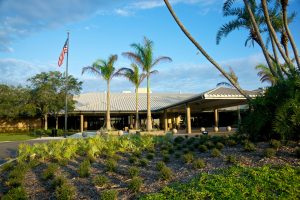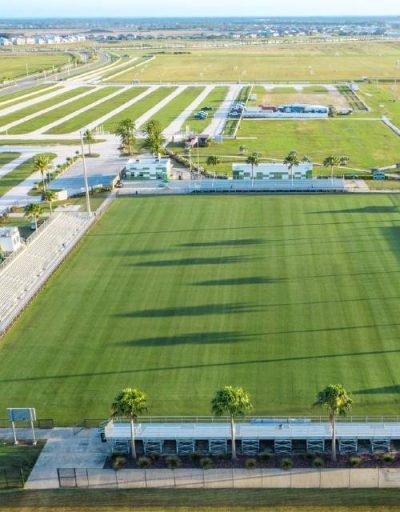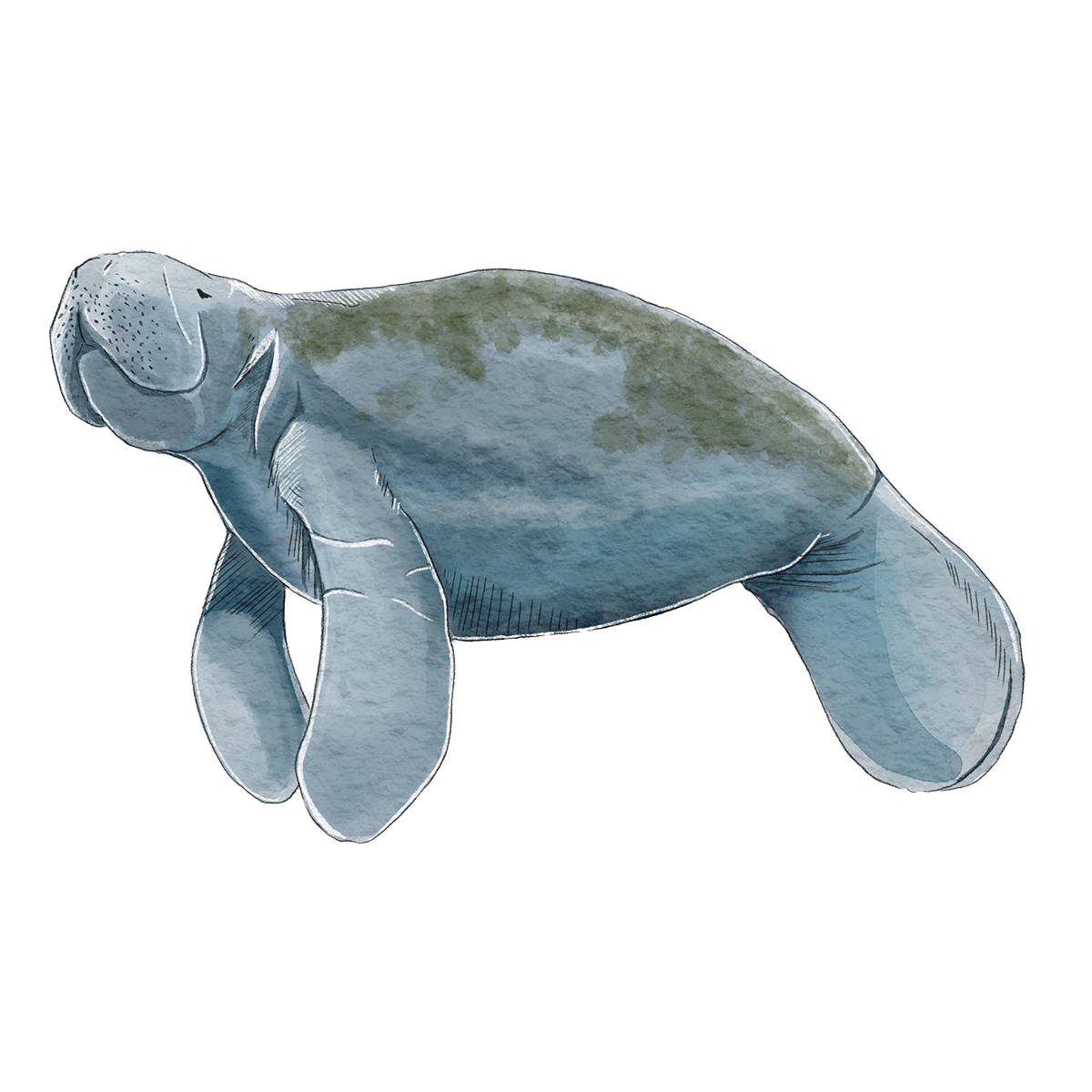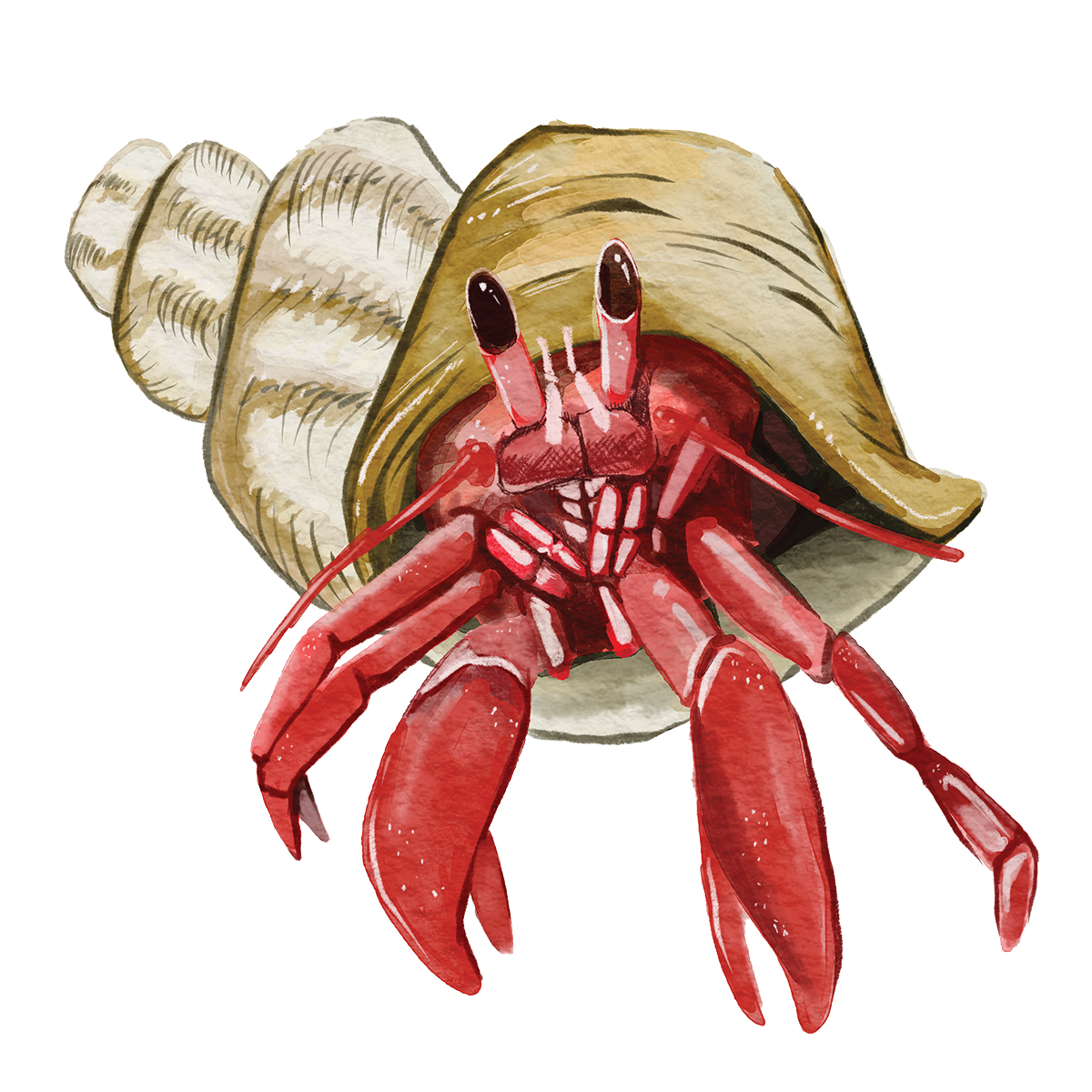A Guide to our Nature PreservesWell Preserved
Discover the Bradenton Area’s Natural Wonders
by Jeremy Piper
There are more than a dozen nature preserves to be found across the Bradenton Area, each reflecting the diversity of the destination. Some encompass hundreds of acres and multiple ecosystems, while others are smaller and highlight specific wildlife. From nature enthusiasts to families and history buffs, visitors are sure to appreciate the splendor of Real. Authentic. Florida.TM
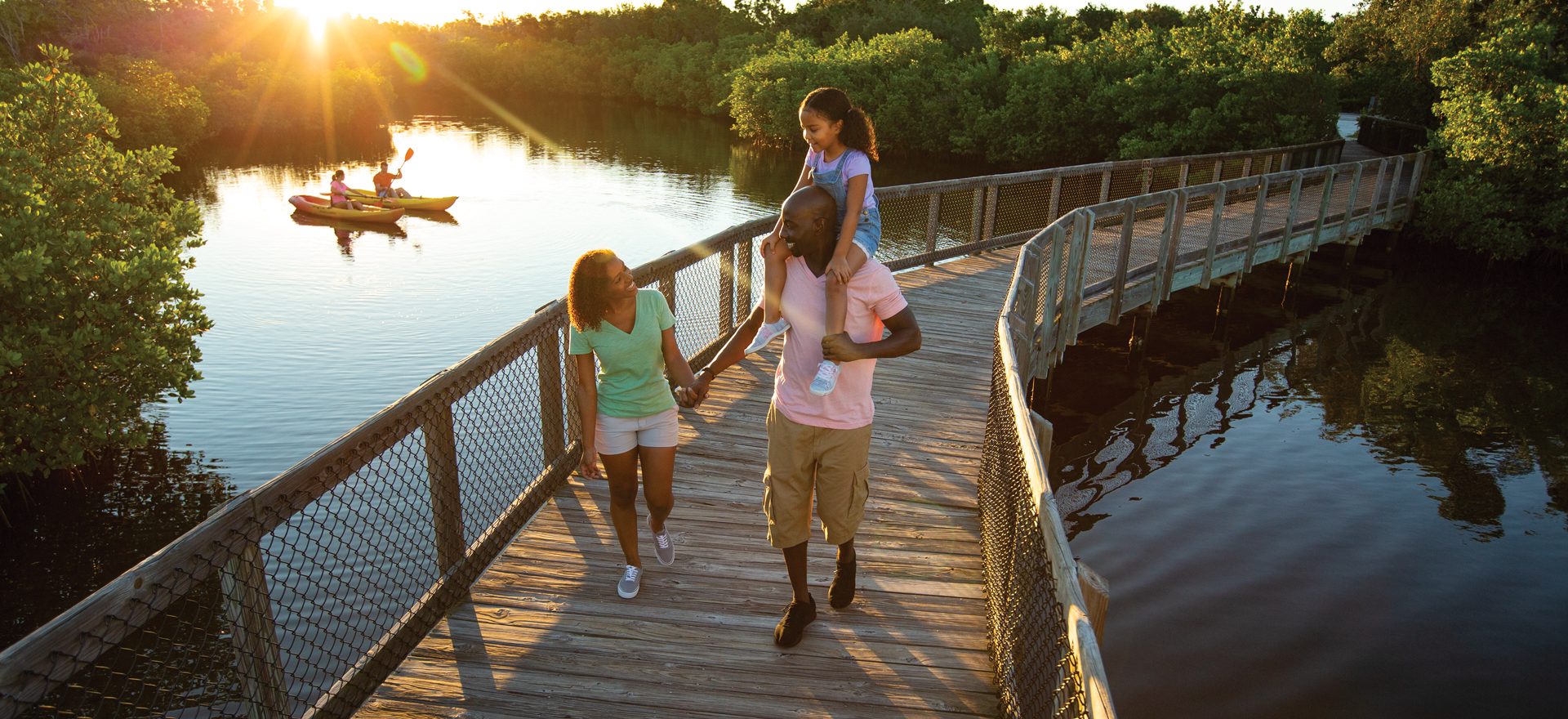

Emerson Point Preserve
Snead Island, just west of Palmetto, is home to Emerson Point Preserve. This lush, 365-acre peninsula separates the mouth of the Manatee River from Lower Tampa Bay. Along a web of shelled hiking trails, visitors can experience pristine coastal habitats and significant historical sites. The bayside segment of the park features shady walking trails and boardwalks that weave through protected ecosystems. Climbing up the observation tower provides gorgeous views of Tampa Bay and Egmont Key. The riverfront section of the preserve features the Portavant Mound. Approximately 1,200 years old and listed on the National Register of Historic Places, it is one of 15 regional mounds created by American Indians. Under the splendor of ancient oak trees, a network of boardwalks takes visitors to the top of the mound, while interpretative signage and small exhibits describe the site’s archaeological features and the area’s past.
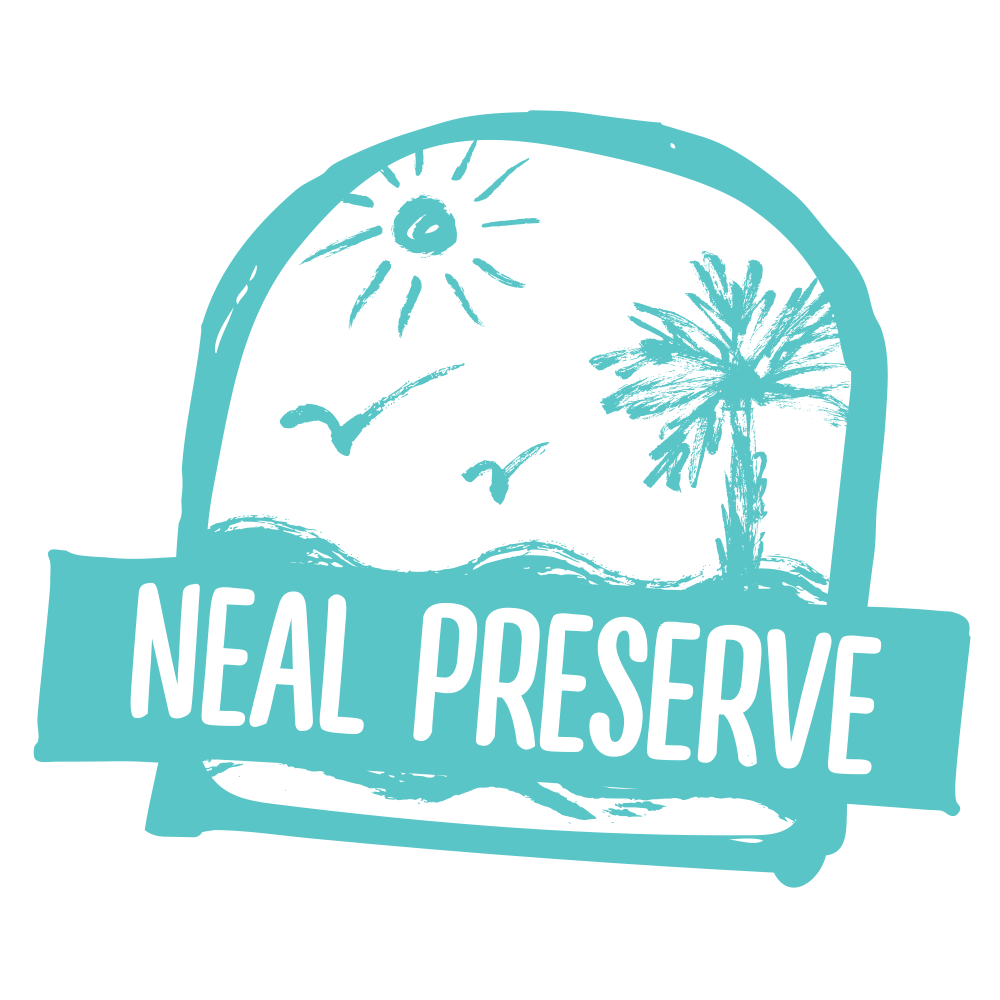
Neal Preserve
Found on Perico Island in northwest Bradenton, Neal Preserve encompasses 120 acres of sensitive coastal habitat. The mangrove-laden peninsula protrudes into the grass flats of the Intracoastal Waterway, making it an ideal home for a variety of wildlife. A favorite park for birdwatching, this marshy landscape features a half-mile walking loop and two-story observation platform that often reward onlookers with an array of seabirds, including gulls, terns, and raptors. The preserve and the smaller neighboring islands provide safe nesting areas, while the bounty of nearby waters sustain magnificent animals. But don’t just look for birds, listen for them as well. Often heard are the distinct cackle of the laughing gull and the sharp chirp of the osprey, a bird of prey that hunts by snatching fish from the shallows.
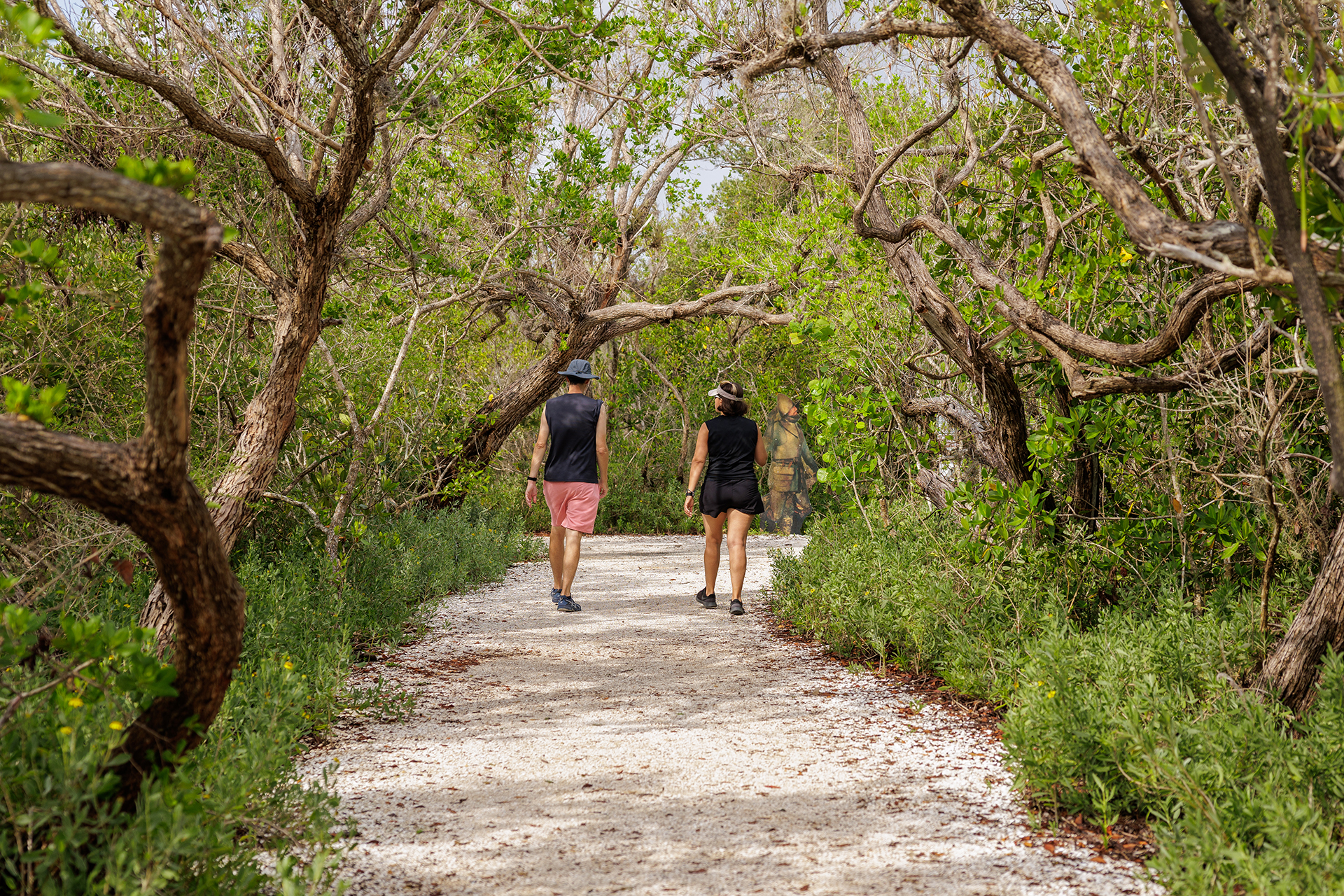

De Soto National Memorial
The Bradenton Area is home to the De Soto National Memorial, which is one of the 11 National Parks found in Florida. Situated at the mouth of the Manatee River, this park marks the location where the Spanish conquistador Hernando de Soto and his flotilla of five ships landed on May 25, 1539. Step into the visitors center to examine artifacts that recount the lives of the American Indians and Spanish explorers. History comes to life at Camp Uzita, a replica encampment where reenactments, historical talks, and interactive displays engage and enlighten visitors. Gentle walking paths offer
access to the mangrove-speckled shoreline and
unspoiled views of Tampa Bay. A visit to this park is bound to evoke imageries of the past when de Soto met the American Indians during his contentious expedition.
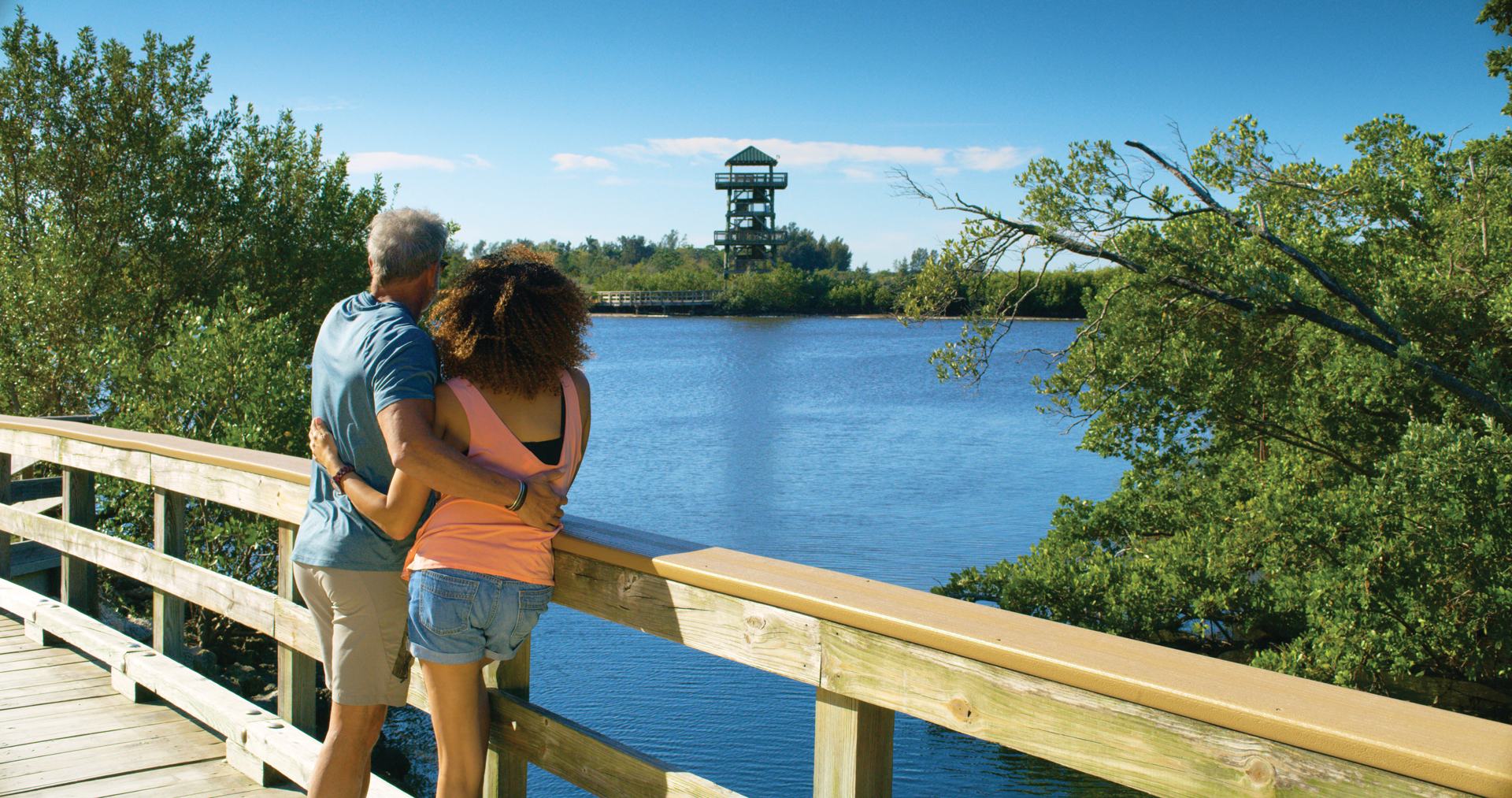

Robinson Preserve
Situated in northwest Bradenton is Robinson Preserve, a 679-acre nature sanctuary that is home to a diverse assortment of wildlife, natural coastal habitats, and nearly seven miles of walking paths. Through careful rehabilitation, this farmland was returned to its original form — a salt marsh with native vegetation. Open 365 days a year, this park features extraordinary kayak trails, extensive boardwalks and a four-story observation tower offering incredible views of the preserve and Anna Maria Sound. Younger visitors — and those young at heart —will enjoy the N.E.S.T. (Nature, Exploration, Science, and Technology), a classroom and event space with plenty of hands-on learning opportunities. Nearby is the Canopy Zone, where visitors can crawl and climb under the shade of the ancient oak trees. This sprawling, two-story wooden structure is filled with unique elements such as rope bridges, climbing nets, and slides.
Leffis Key Preserve
Once a dredging spoil overrun with invasive plants, Leffis Key Preserve is now a thriving ecosystem that neighbors Coquina
Beach on Anna Maria Island. This reclaimed coastline is now home to many native species of vegetation, including beach elder, sea grape, and gumbo limbo, all of which provide soil stability and refuge to local wildlife. With more than a quarter-mile of walking paths that encircle and ascend a nearly three-story-high hill, there are plenty of opportunities to experience the many features of this unique park. Boardwalks poke through magnificent mangrove tunnels. Observation platforms reveal the shallow waters that act as nurseries for tiny fish and crustaceans. Oftentimes, manatees are found swimming in the nearby grass flats. The view from the summit of the hilltop offers an unobstructed, 360-degree panorama of the small preserve and Sarasota Bay.



